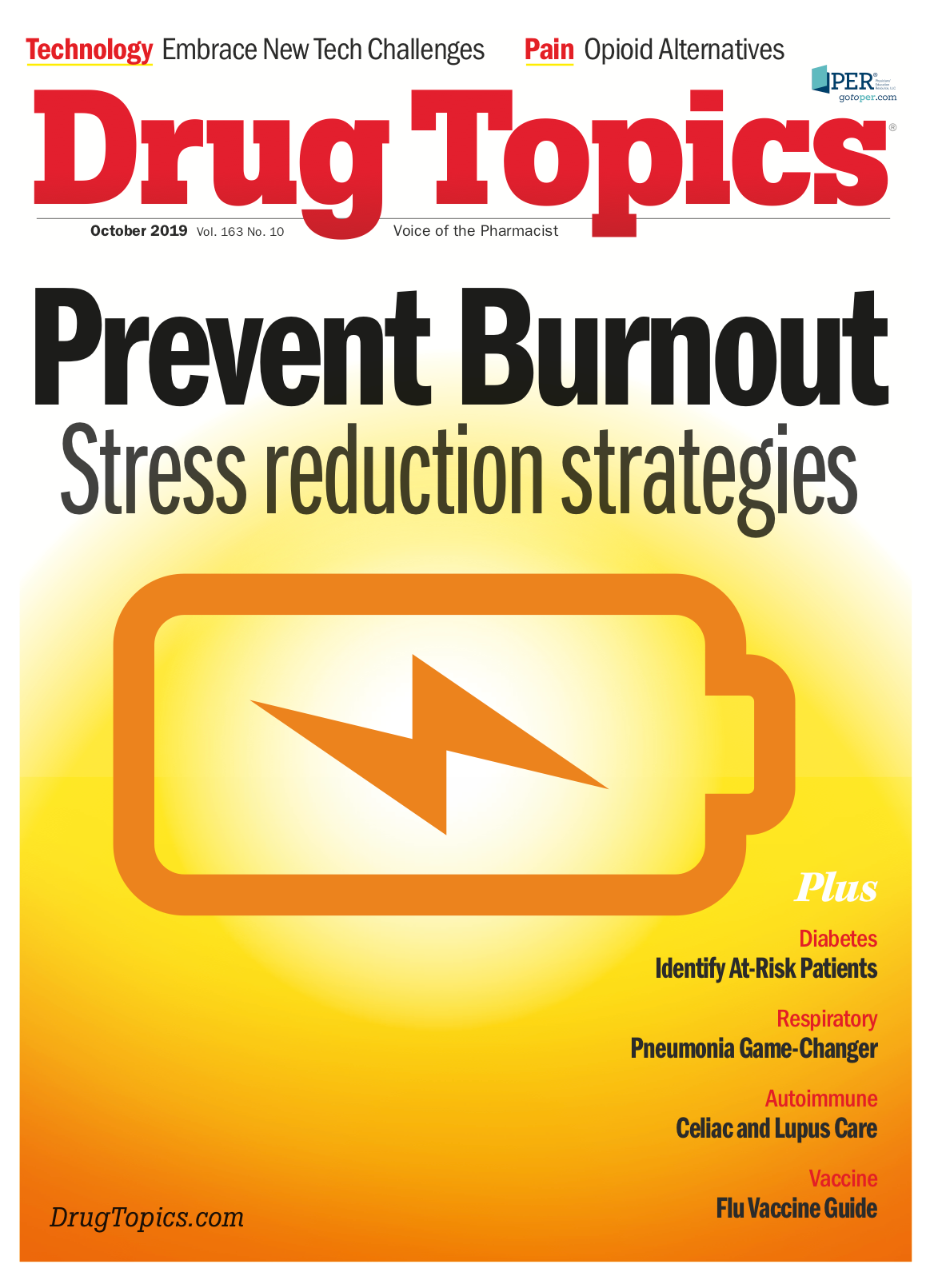How to Prevent Pharmacist Burnout
Why is pharmacy work so stressful, and how can pharmacists take care of that stress?
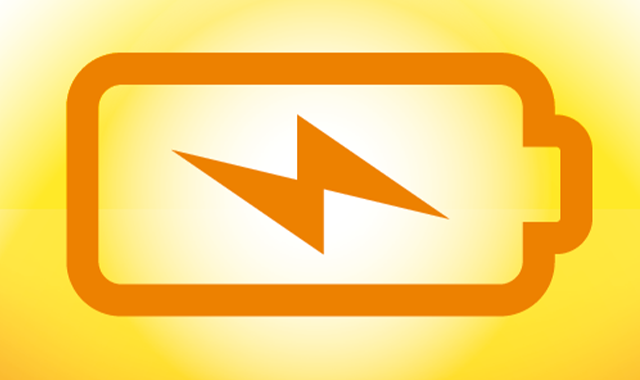
Amber Cann, PharmD
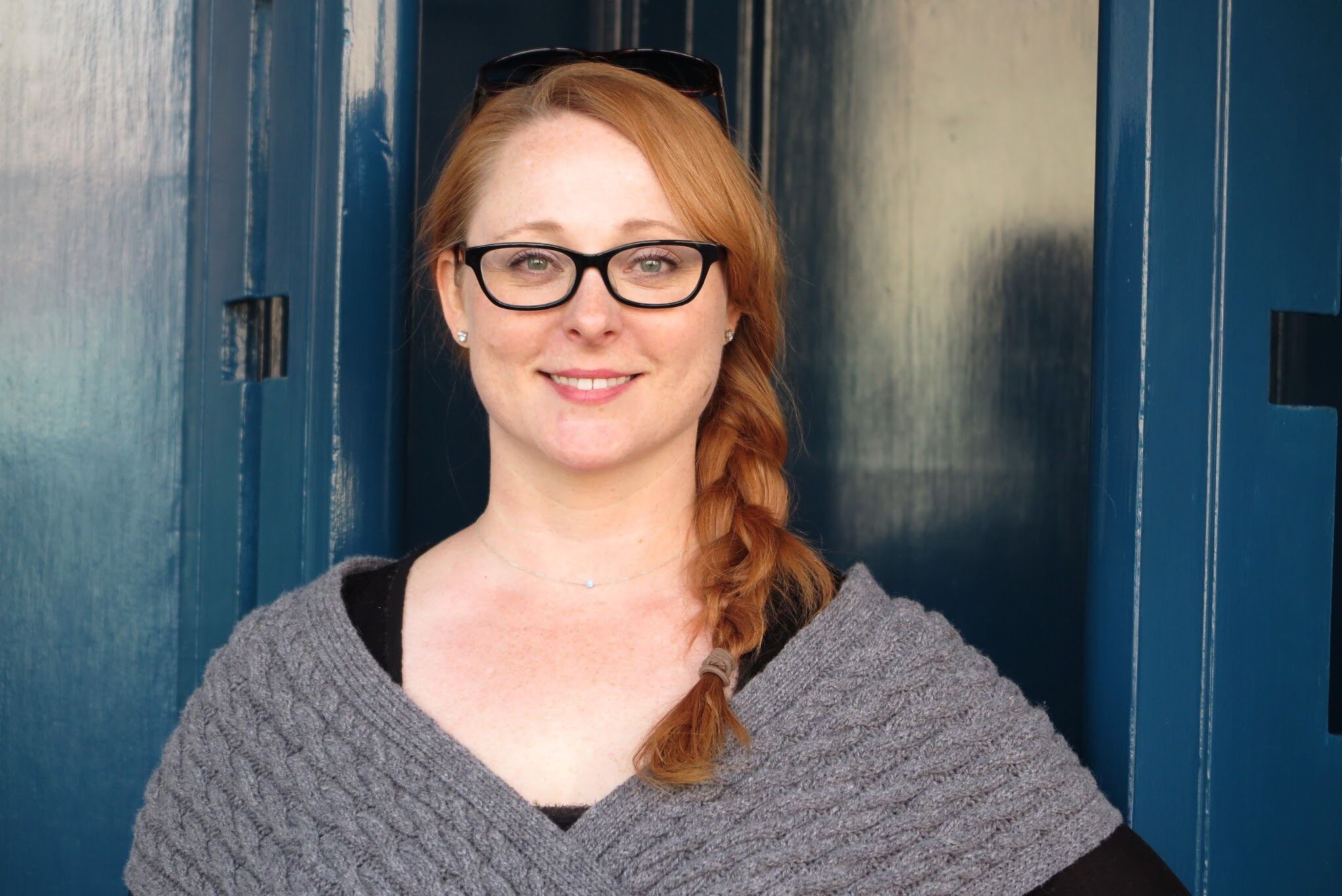
Hussein El-Khatib, PharmD
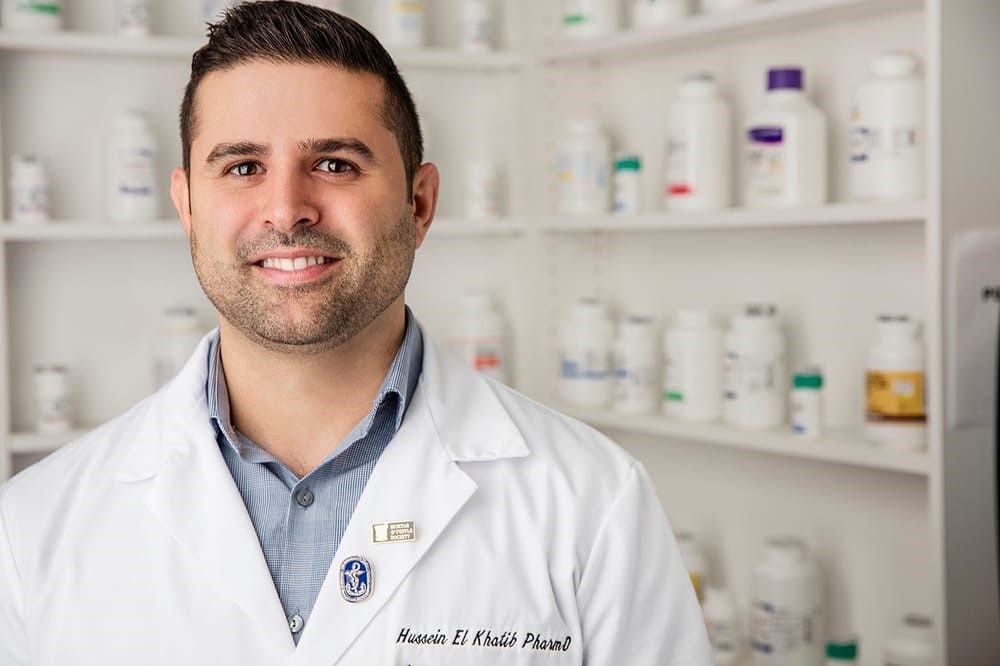
Perhaps it goes without saying, but working in a pharmacy is stressful. The overhead noise that often present in pharmacies, the fluorescent lights, ill patients or ill-tempered colleagues can make for a very stressful work environment.
Unlike other stressful work environments, though, pharmacists are responsible for the lives of the people they serve. Stress at work can affect their emotional and mental clarity, cognitive alertness, and can make it difficult to concentrate-all of which increase the likelihood of accidents. A minor alteration in dosage or accidentally administering the wrong medication can truly mean life or death for a patient.
And not only does stress put pharmacy patients in danger, it’s also detrimental to the pharmacist. It’s well documented that stress contributes to deadly health problems including (but not limited to): high blood pressure, heart disease, diabetes, and obesity.
Why So Stressed?
Amber Cann, PharmD, has been a pharmacist for 19 years and currently practices in the Louisville, KY greater metro area. Over the years, she’s worked at a hospital pharmacy, an independent/compounding community pharmacy, and a big chain store pharmacy. The one thing that’s been prevalent at all three jobs? Stress.
Trending: Patient Services are Crucial to the Economics of Pharmacy
“Retail pharmacy is particularly stressful right now. The metrics on which the pharmacist performance is based does not relate to patient safety,” she says. “Major chains insist pharmacists fill a quota of prescriptions per day, in addition to calling a quota of patients to remind them of refills, asking each patient to get a flu shot, administering flu shots to those patients who agree and completing paperwork related to inventory and controlled substances.”
A problem, Cann says, is chains advertise to patients that prescriptions can be done in 15 minutes or less, when that isn’t a reasonable time when there are many prescriptions in the queue and vaccinations to administer. Plus, many are dealing with physicians who incorrectly write prescriptions, which requires the pharmacist to call to get clarification.
“Patients get angry at-and sometimes even physically threaten-pharmacists when their prescriptions are delayed due to things out of the pharmacist’s control, such as insurance prior authorizations and incomplete prescriptions,” Cann says. “As pharmacist hours are cut, the job doesn’t provide the financial security it once did.”
While working in retail pharmacy, she was threatened several times by patients, including one who entered the pharmacy and grabbed her by the lapel of her lab coat and another who waited until the pharmacy closed and followed her to her car.
Read More: Is It Still Shingles If There’s No Rash?
“On several occasions, I was spat on by patients, and had objects thrown at me,” Cann says. “On countless occasions, I was called vulgar names and insulted by patients. These are the sort of working conditions faced daily by many pharmacists I know personally, too. Is it any wonder pharmacist stress and burnout are at an all-time high?”
The Roads to Stress
Hussein El-Khatib, PharmD pharmacist and owner, Toledo Family Pharmacy in Toledo, OH, says the pharmacy business is a stressful job for the sole fact that pharmacists are dealing with patients’ lives and the margin for error should be zero, but that’s virtually impossible.
Inna Lukyanovsky, PharmD
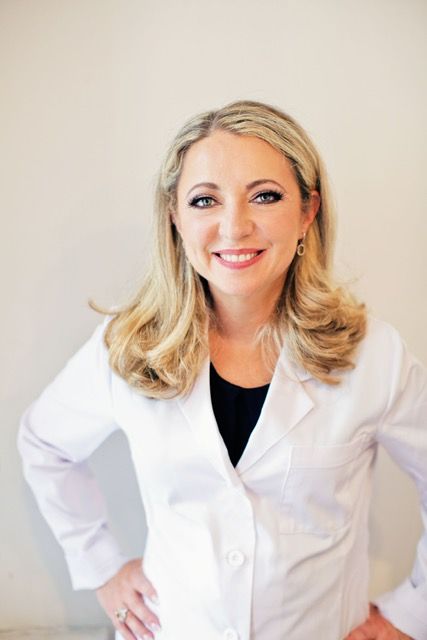
“Mistakes will happen sooner or later, and you only want to hope that you don’t make a deadly mistake,” he says. “For the past 10 ten years, I’ve been filling on average about 100,000 prescriptions per year-that’s a million prescriptions. So, if the margin of error is 0.0001%, that’s 10 prescriptions every year you’re making a mistake and that mistake could result in a deadly scenario.”
The majority of stress in an independent pharmacy, he says, comes mainly from three different sources: The first is business related; running an independent business is a challenge by itself, let alone running an independent pharmacy in the age of low reimbursements and Direct and Indirect Remuneration (DIR) fees.
“One of the biggest stressors for a pharmacy owner is cash flow and profitability, which is the only way a pharmacy door can stay open,” El-Khatib says. “With what’s going on in the industry right now, you have to innovate, invest in the future and adapt to the new model of care that is being put together by the CMS.”
Trending: Opinion: The Truth About ARCOS and the Opioid Epidemic
The second obstacle is effective patient communication. While independent pharmacy patients are very pleasant for the most part, and you can build a great rapport with them, El-Khatib says they can get upset for a lot of reasons that normally have nothing to do with the pharmacy.
For example, a medication may not be covered by insurance, covered with high co-pay, needs a prior authorization or early fills, or any other of a host of factors outside of a pharmacy’s control.
“Patients may not understand the rules and regulations surrounding controlled versus non-controlled substances or why we can’t fill a cash prescription when it was just filled a week ago,” he says. “Complaints and competition can cause patients to seek to transfer out of your pharmacy.”
The third obstacle is finding good technicians. Quality and experienced techs are very hard to find and train.
“If you own a long-term care pharmacy and pick up a huge account, you can go from filling zero prescriptions to 5,000-7,000 that need blister packaging on a monthly basis, in a matter of a week,” El-Khatib says. “You can’t let such opportunities pass by and if you can’t find good staff or if you didn’t prepare beforehand to train someone, then you might experience difficulties that cause stress.”
Read More: The 10 Apps Pharmacists Should Be Using
Inna Lukyanovsky, PharmD, started her career in the early ’90s working in a family pharmacy, and she’s worked for a big retail chain in Brooklyn, NY for more than 20 years.
She says a lot of stressful situations fall on the shoulders of retail pharmacists, such as the hours pharmacists put in, the lack of opportunity to take bathroom breaks, angry customers, paperwork, deadlines, unpredictable prescription flow, insufficient amount of help like techs and cashiers, poor working locations that lack natural light, and many more.
“Being a pharmacist carries tremendous responsibility as a professional,” she says. “Your job is not only to dispense, but to clinically assess if the medication is not therapeutically duplicated, there are no interactions, no mistakes with the doses, no allergies to the class of drugs, no contraindications for the drug, no underdosing, no overdosing, vaccination administration, and so much more. That’s a lot of weight.”
Finding Help
Over the years, Cann has de-stressed with other pharmacists on days off, getting together to vent about expectations, share stories, provide and receive support. She belongs to a number of pharmacist-only Facebook groups where information and support is shared and also attends professional meetings where she can network with other pharmacists and other employers.
During the time when Cann worked the longest hours in retail pharmacy-as much as 14 hours a day, 5 to 7 days a week-she sought the help of a therapist to work through issues with work stress and to learn ways to diffuse difficult situations at work.
Trending: 5 Pipeline Drugs to Watch
“I once took an online course in conflict management to better deal with coworkers who behave in unprofessional ways and with patients who escalate situations,” she says. “Good communication among pharmacy staff members helps the workflow run smoothly. Exercise is a must to release tension and help counter those long hours at work.”
What has worked for El-Khatib to relieve stress has been creating opportunities to gain more business and attract more customers, and manage inventory and cash flow. He has also made an effort to build banking relationships in order to be able to increase business credit when cash flow is needed, so that lines of credit or loans can be taken out.
Over the years, Lukyanovsky has tried many avenues to relieve stress and keep job burnout from creeping in.
“Mindset, meditation, planning, and preparing all worked for me. I would mediate at night for an easy flow and good energy day the next shift. I would envision the flow of my next day, being smooth and steady” she says. “I would intend for a good day the morning of the shift, listen to positive affirmations and start the day right. Also, giving compliments or saying nice things to your customers before they even say something can work even for your meanest client.”
Lukyanovsky learned many of those options through self-help books and coaches.
Read More: Fear Motivates Vaccinations, New Study Finds
“I was sick at some point so my functional medicine practitioner taught me his method of how to resolve physical stress through functional medicine and I was so impressed that I started helping others, even fellow pharmacists to help them resolve their physical stress,” she says. “I also worked with a hypnotherapist and she also helped me tremendously dealing with work related stress, understanding and assessing stressful situation and resolve it instead of fuming.”
Advice from Stress Experts
Andrew Alexander, a stress-management consultant, explains at the most basic level, stress is a collection of emotions building up within the body and when the emotions build up too much, they need a way to channel them out in order to release them.
“Different people do different relaxing techniques,” he says. “An example is some form of exercise or other physical activity (basketball, tennis, cardio kickboxing, etc.). Anything that allows you to channel this energy into something outside you. Journaling, writing, art, and creativity are ways other people do it. It’s a matter of what works best for you.”
For pharmacists, he recommends that when stress builds up, take a quick walk around the outside of the store to get a change of scenery. Even a little break, he says, can help reset someone’s emotions when they build up during work.
Meditation is another thing that can help, but most people have an extraordinarily hard time meditating alone in complete silence. Instead, a pharmacist can opt for a meditation app or a YouTube-guided meditation that will lull them into a calmer state of mind.
As with anything overwhelming in life, it’s important to create a list of priorities in order to avoid burnout. This can be even more relevant for pharmacists, where pressure is high and stressful situations are a daily occurrence.
Trending: USP Postponing Chapters 795, 797, and 825
Adina Mahalli, a certified mental health consultant and family care specialist with Maple Holistics, Farmingdale, NY, says a great thing for pharmacists to do is create a chart that outlines the importance and urgency of tasks. This can give you a sense of purpose and a place to begin when it comes to dealing with a heavy workload.
“This organization can go a long way in not only mitigating stress but providing you with a sense of accomplishment as tasks are completed,” she says.
An important step in mitigating stress is breathing. Though it may feel like the pharmacy will go up in flames if you take a five-minute break, taking a time-out for some deep breaths can help to reduce burnout and increase productivity.
“Deep breathing activates your parasympathetic nervous system which helps with stress reduction and improves focus,” Mahalli says. “This means you can get back to your task feeling relaxed and focused.”
Newsletter
Pharmacy practice is always changing. Stay ahead of the curve with the Drug Topics newsletter and get the latest drug information, industry trends, and patient care tips.
